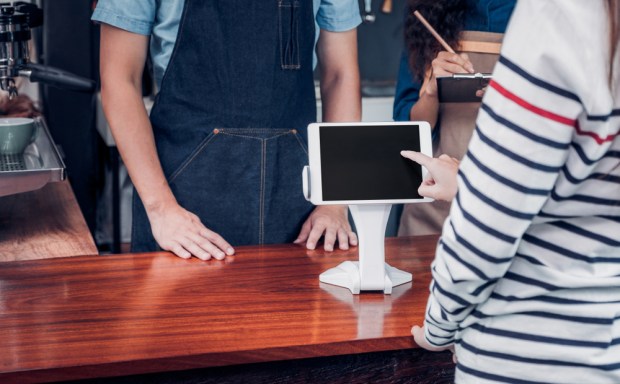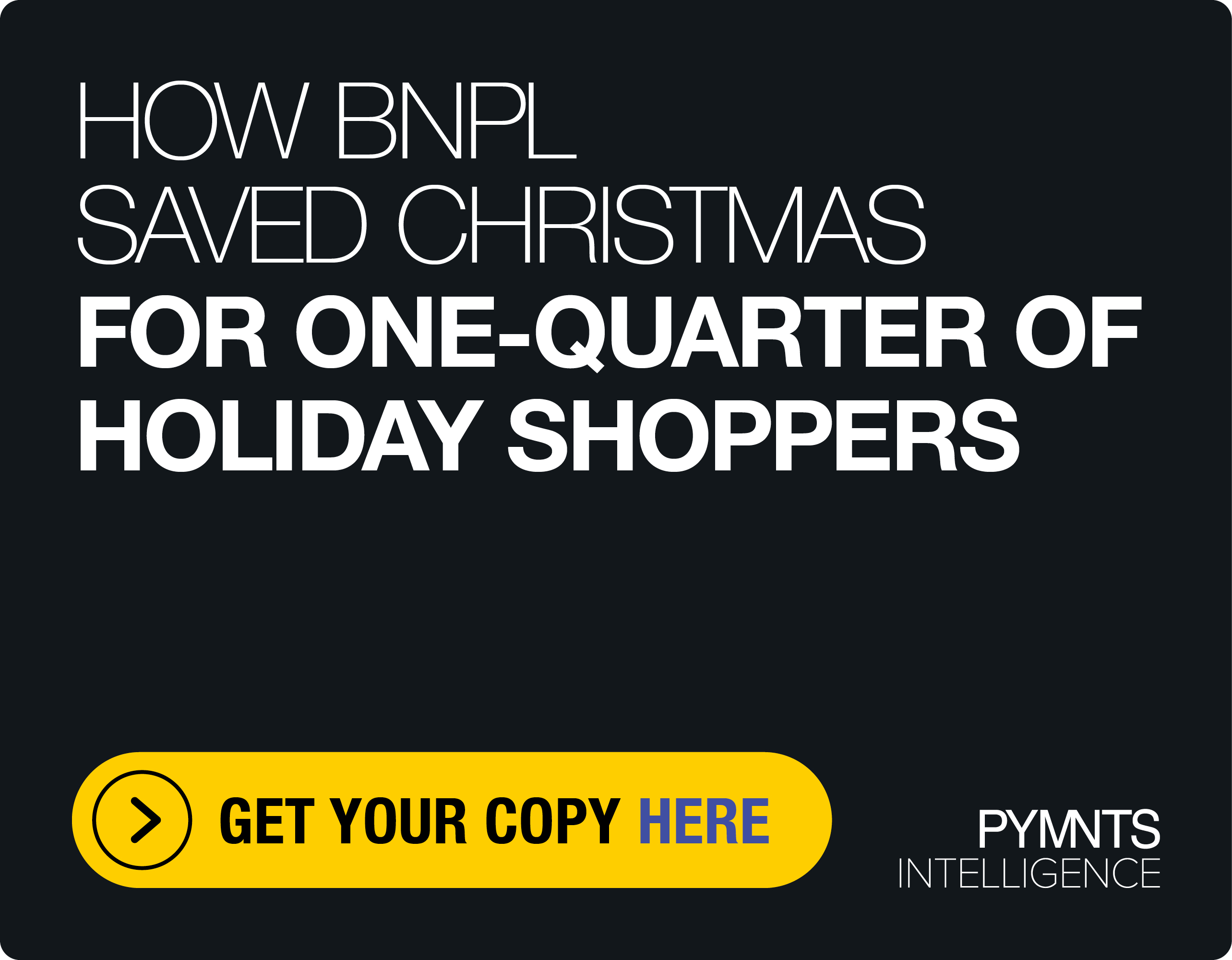First American On Food Service And Flexible Payments

Food for thought: Quick service isn’t just for fast food. When it comes to the need for speed, transactions done with haste, and conveniently so, are key for food-focused firms of all shapes and sizes, from food trucks to five-star steakhouses.
The movement toward flexibility across point-of-sale (POS) and mobile payments may be an inexorable one. Mobile order-ahead, of course, adds new layers of opportunity — and challenges — to restaurants and food vendors.
Matt Dye, director of business development at First American Payment Systems, said that in talking about food services, there are several ways to get meals to the masses.
“There are numerous restaurant and food service models,” he noted. However, when it comes offering merchant payment solutions, he told PYMNTS, “basically, no one size fits all. It’s not that certain restaurant types are easier or more difficult from a payments perspective. It’s that customized features really matter.”
Business models are flexible, and, in some cases, the lines are blurring. He recounted an anecdote that involved a high-end restaurateur in New York City who found maintaining a location to be expensive. Thus, he found a sweet spot in downsizing that real estate footprint to a high-end food truck. So, if it’s done well, the customization of payment services — eyeing everything from card processing across credit and debit, security such as EMV chips and various back-end functions — considers what these outfits need at any given time, with the ability to scale as the business grows.
A multi-location chain does not have the same demands as, say, a food truck. In the case of the latter, mused Dye, with meals that come by wheels, “maybe we just need a peripheral that handles the security, but [doesn’t] need all of the planning functionality of a full-blown POS system.”
DoorDash, On-Demand And The Loyalty Factor
Throw in the wrinkles of DoorDash and other order-delivery options like Uber Eats, and, for restaurants, new considerations emerge. Dye stated these platforms can account for anywhere between 5 percent and 20 percent of a large restaurant’s business. We are in a mobile age powered by smartphones wielded by millennials, which Dye said (a bit tongue-in-cheek of the devices) are full of enough wizardry to get us to the moon and back.
“The philosophy is that those tools are right,” he said of the blend of demographics and on-demand delivery, “but they don’t incorporate a lot of the good old-fashioned, back-office reporting that analyzes your financial status. So, a lot of these restaurants don’t even know” whether the food they are shipping, plus the additional cost of using a delivery service, is at a break-even or profitable status.
“Those are the things that are going to have to be addressed in the short term,” he told PYMNTS.
However, in luring in the millennial (and diners in general), a tech-savvy and relationship-minded food service firm would be wise, said Dye, to keep in mind that “gift cards and loyalty cards are crucial to every restaurant’s revenue.”
Cards, tangible or virtual, can be used at just about every merchant location, and restaurant merchant solutions, he said (naming his firm’s own 1stPayPOS and First Advantage program), can have all revenue streams pulled into a single account.
“It is beneficial for restaurants to, at least, take a look at those programs and how they are going to get there,” as consumers find convenience in the reloadable nature of those offerings, he added.
When asked what might be coming down the pike, Dye said, “There’s going to be a trend [toward] utilizing gift cards that are already locked into the phone and [can] be reloaded at the drop of a hat.” The gift card transaction, he stated, need not be done through plastic, but, of course, can be done through a smartphone or web browser.
Another trend that is likely to gain traction is cash discounts, which, for consumers, means getting a discount when they pay with cash instead of credit cards. He noted that 40 of the 50 states allow credit card cash-discount programs with card-present transactions. However, for mobile apps, all 50 states allow it.
All payment methods have security concerns, of course, even as the goal is to make commerce a bit more seamless. In fact, he said, in an optimal setting, the payments part of the meal should be so much an intuitive part of an evening out that it should not even be a consideration for the customer. At the moment, as EMV continues to take root and tokenization makes inroads, consumers are still experiencing trade-offs between security and convenience.
“It’s a catch-22, honestly,” he said. “The hackers can drive our behavior in regards to breaking barriers [and adopting new methods], but it’s up to us — the payment processors and the software developers — to develop programs that will be, at least, a step or two ahead of the bad guys.”
